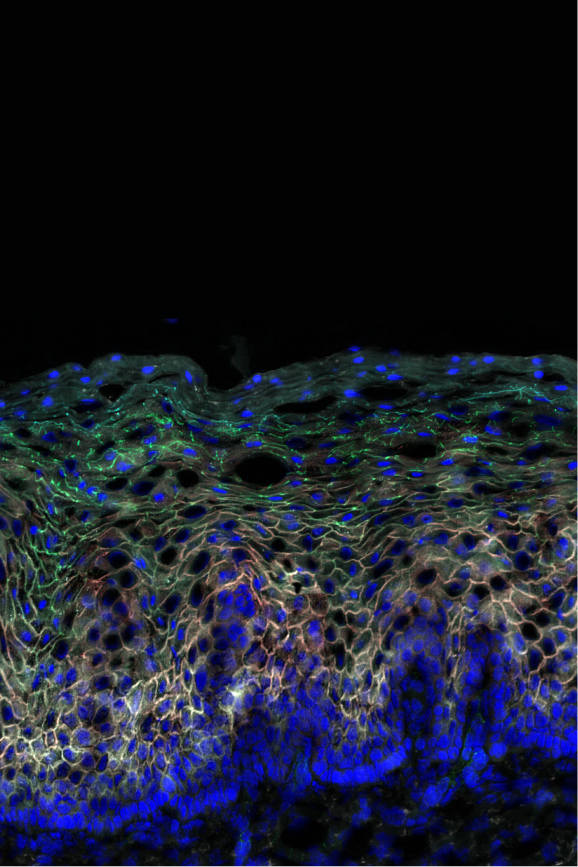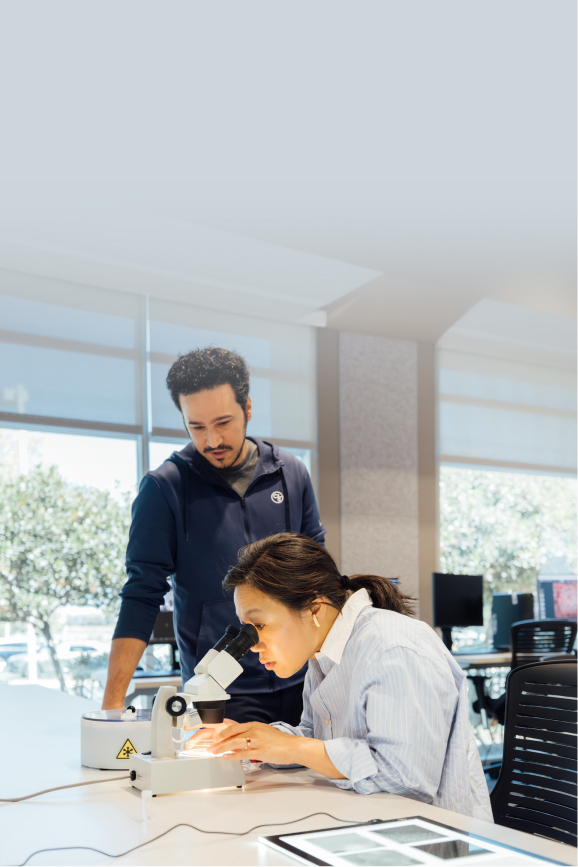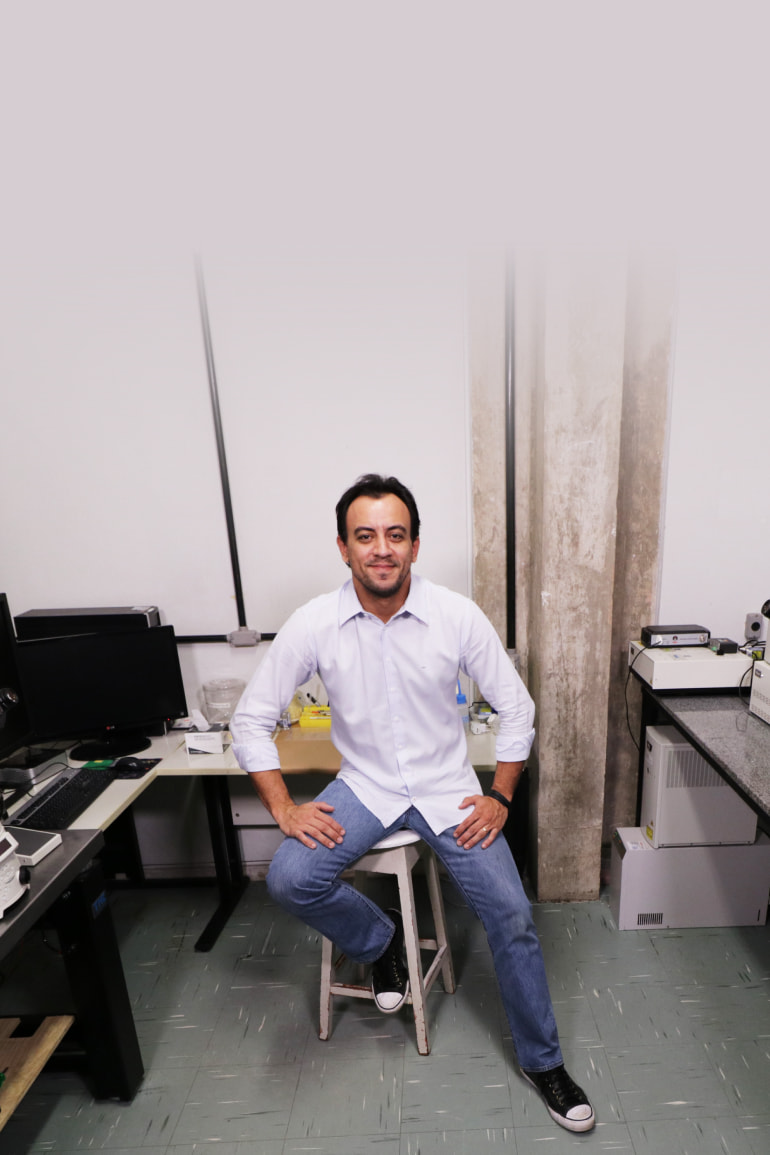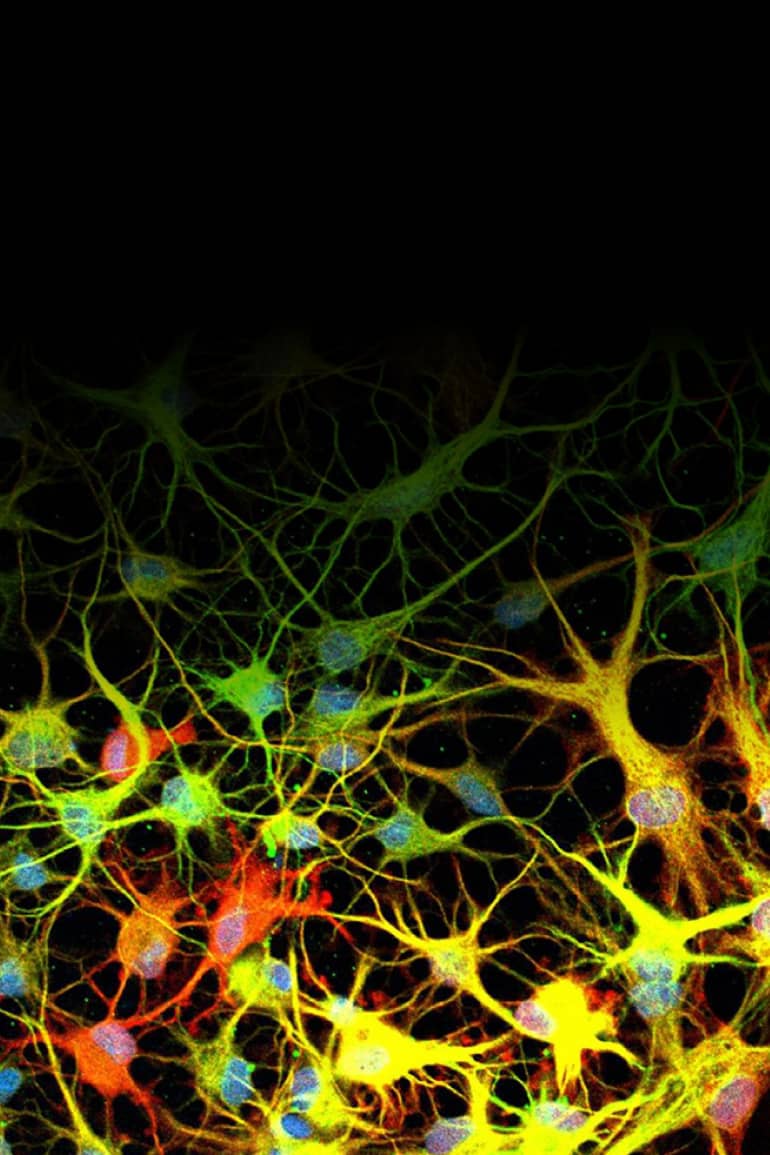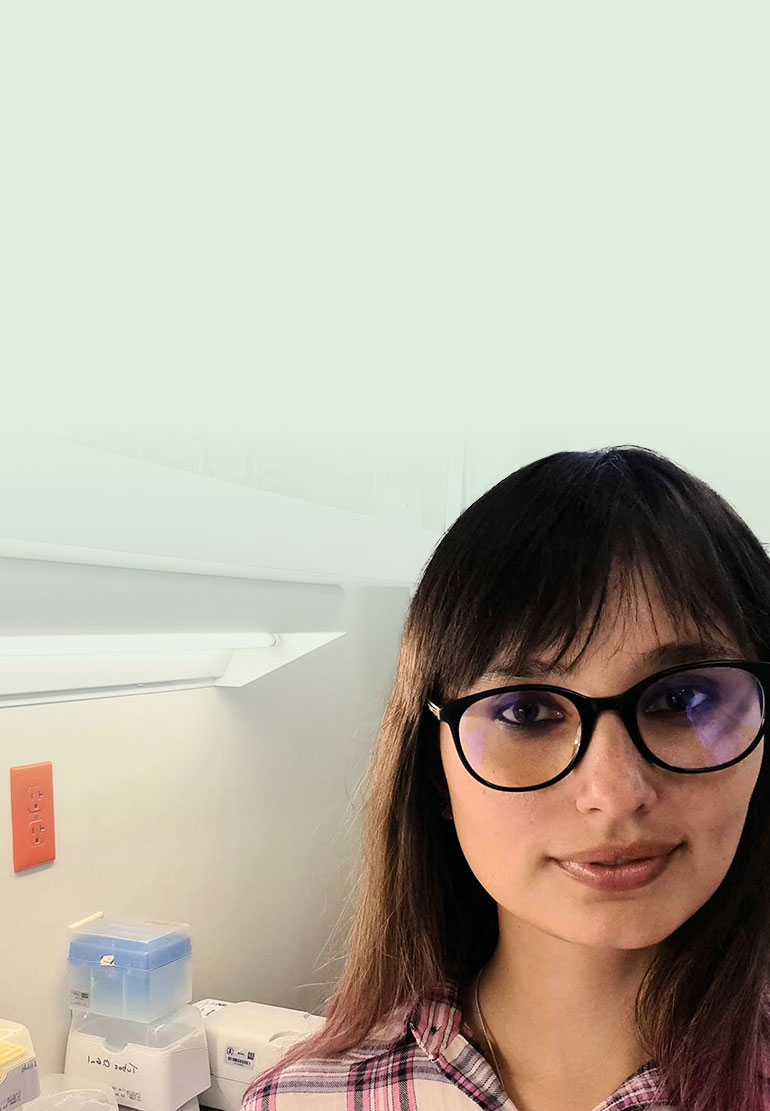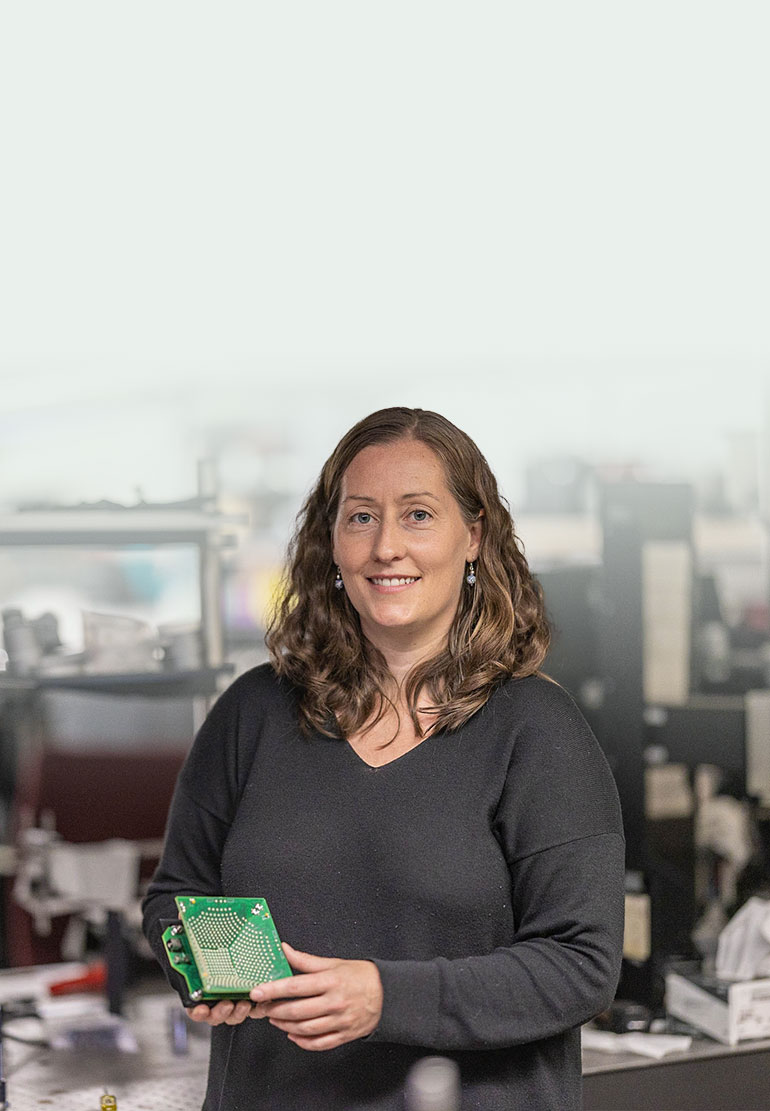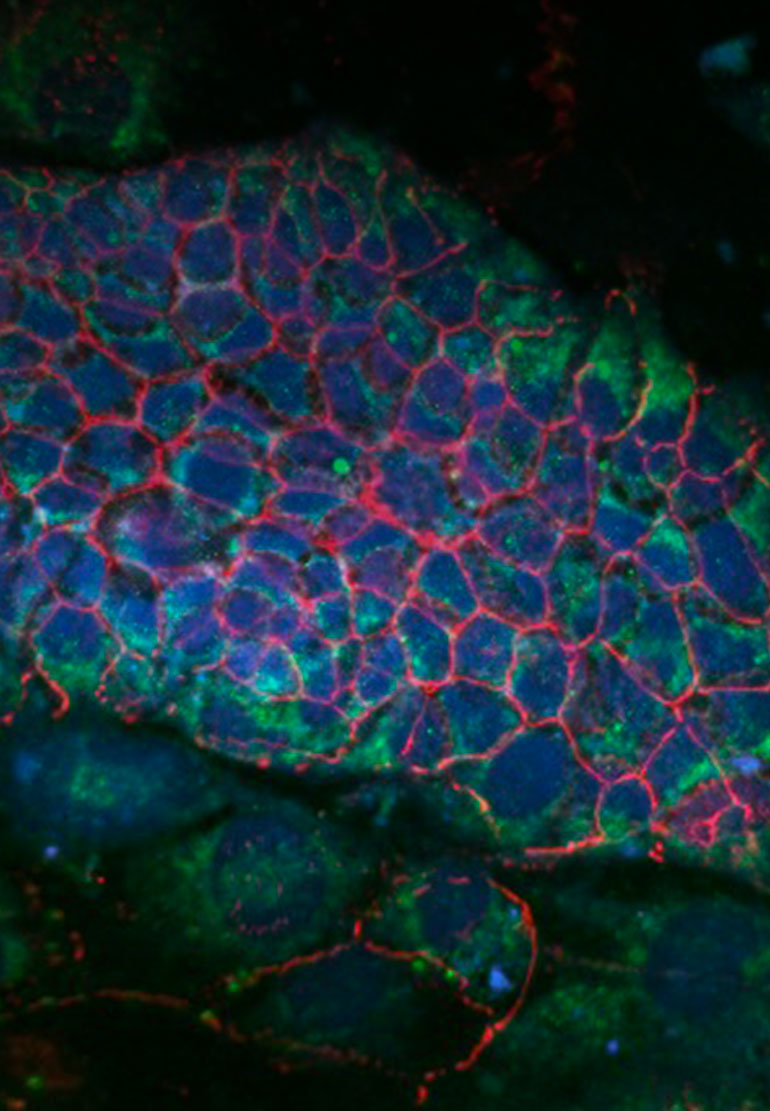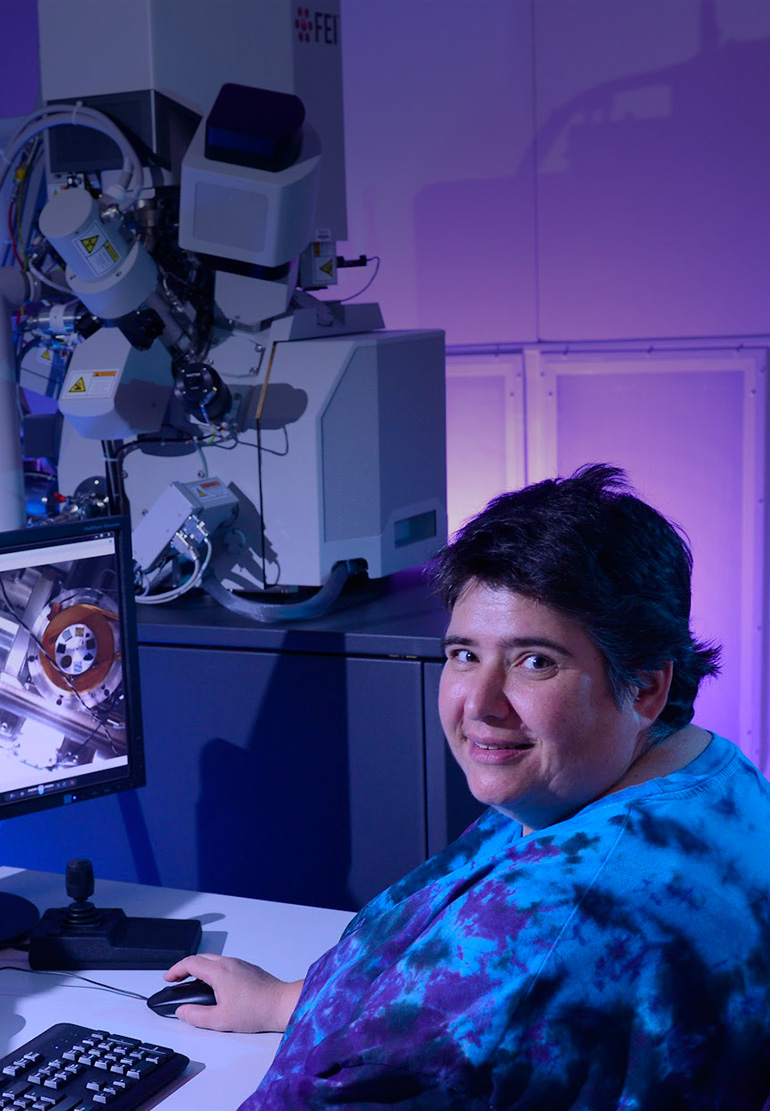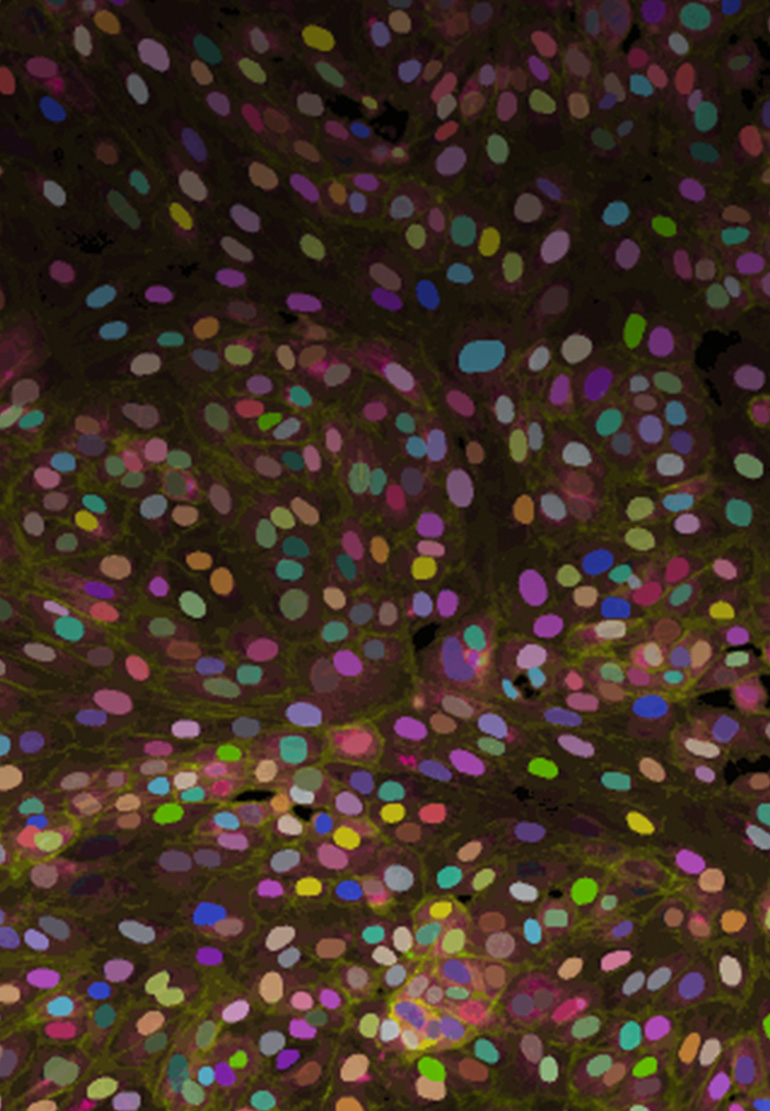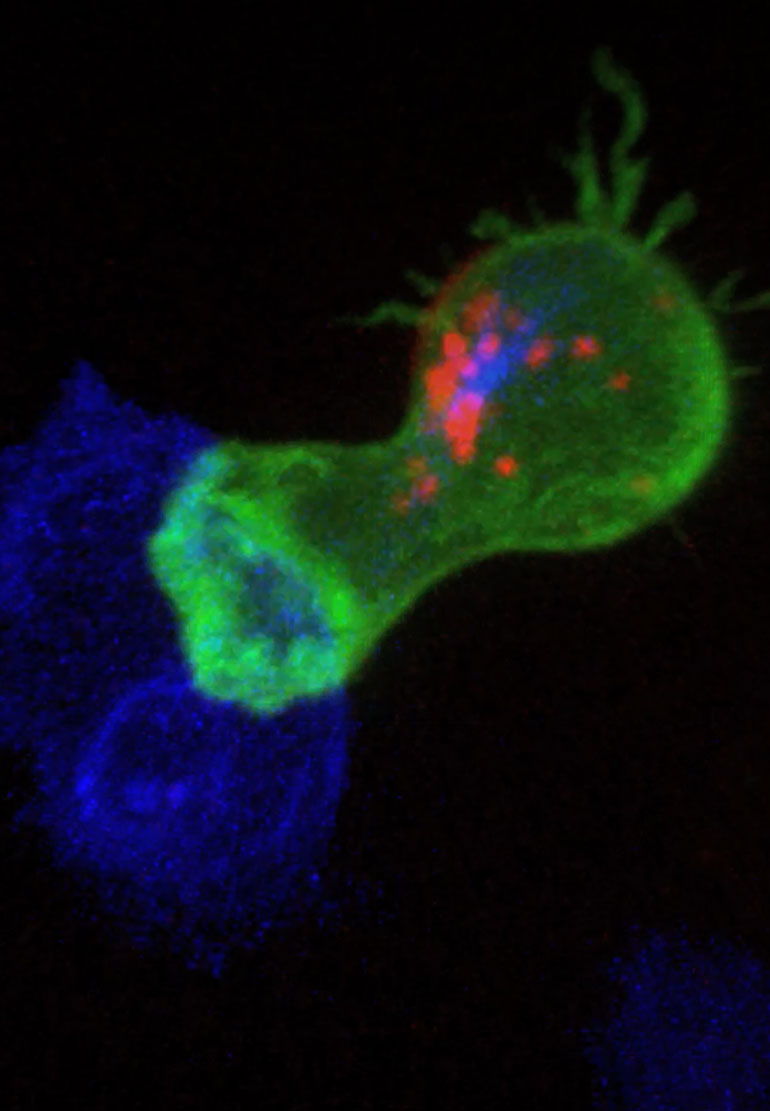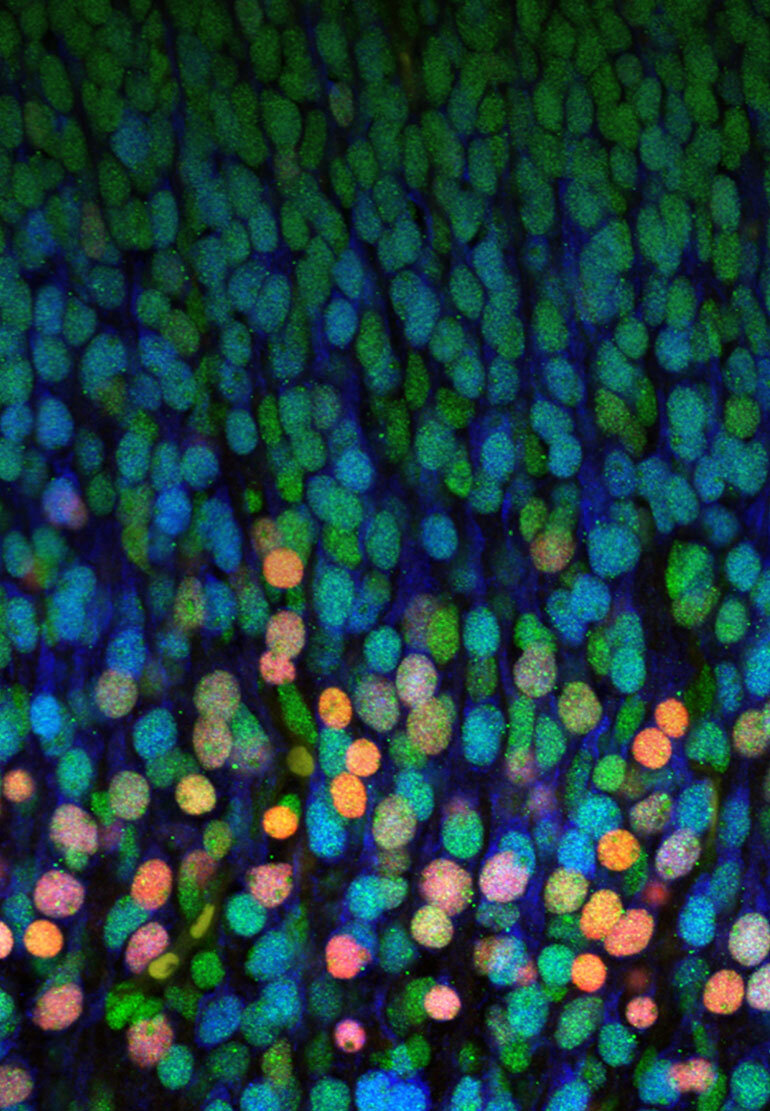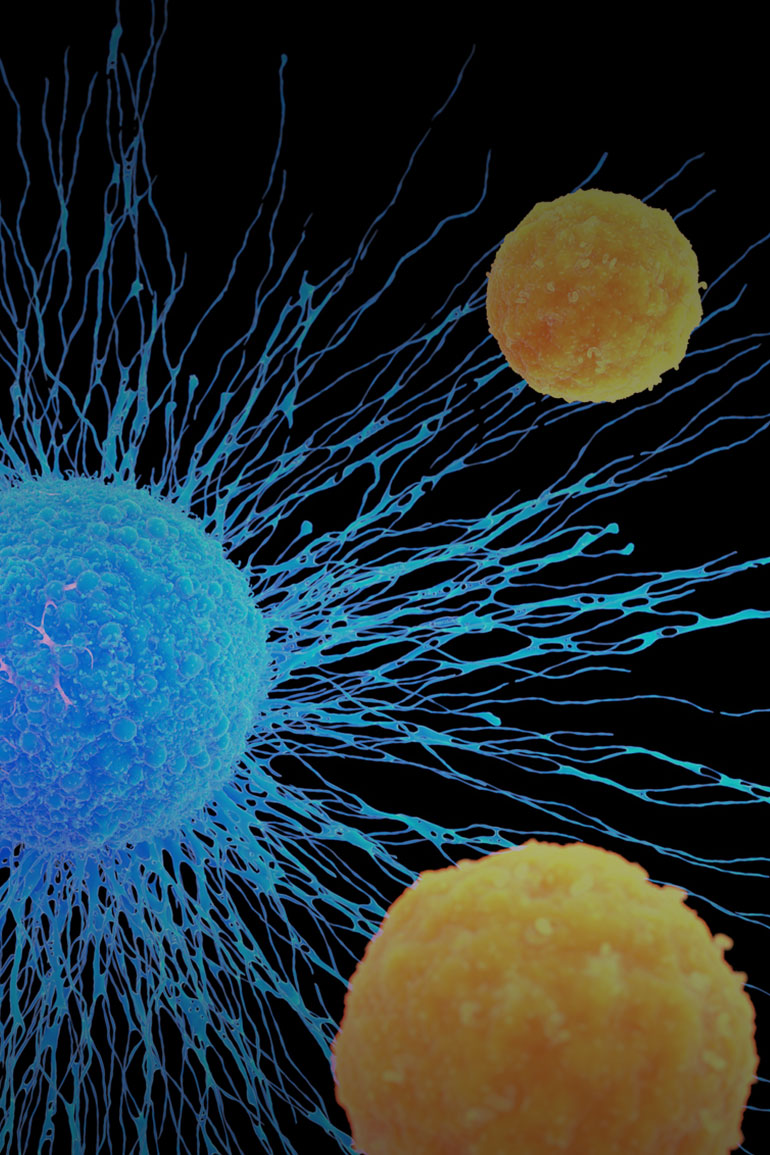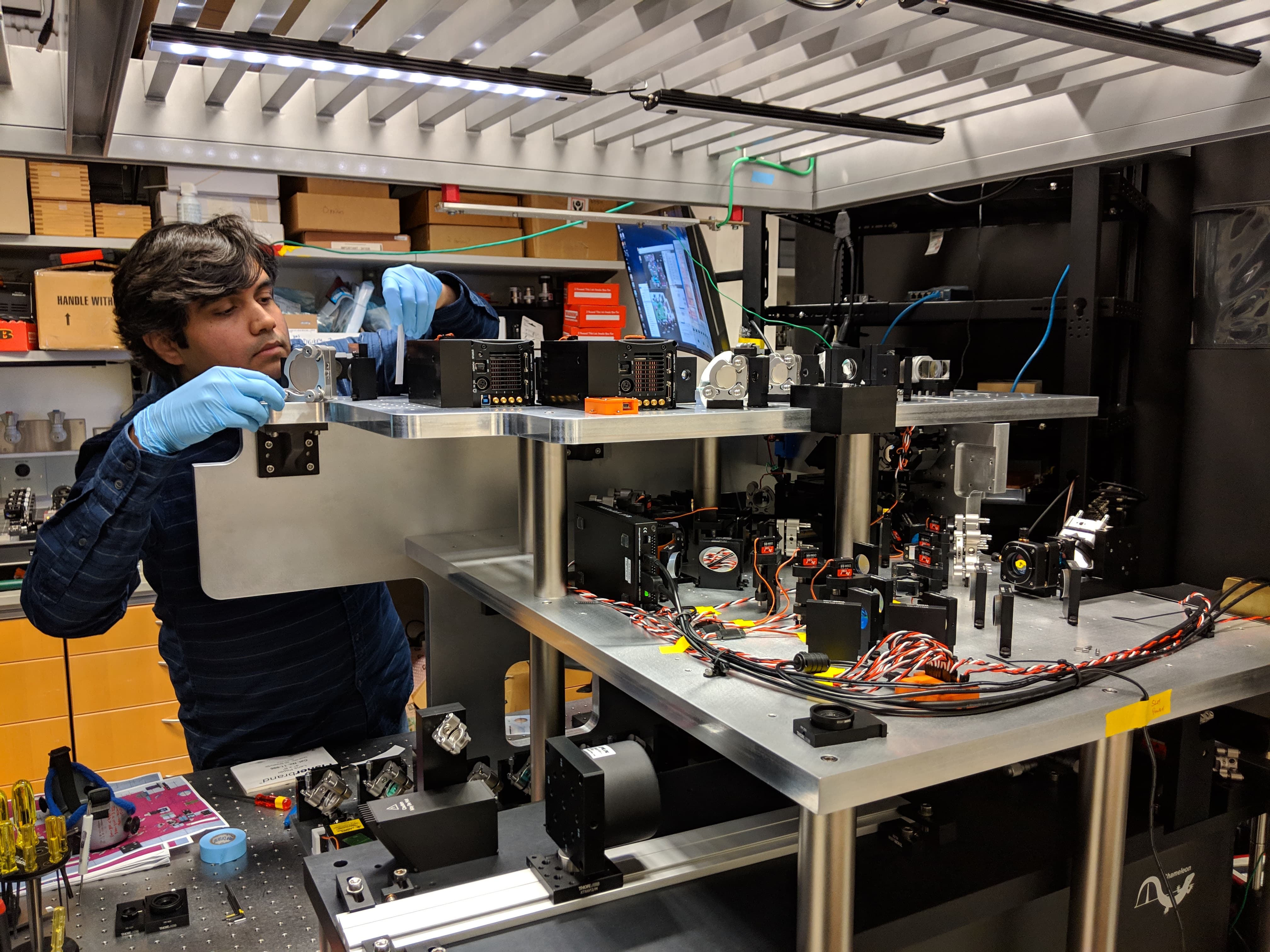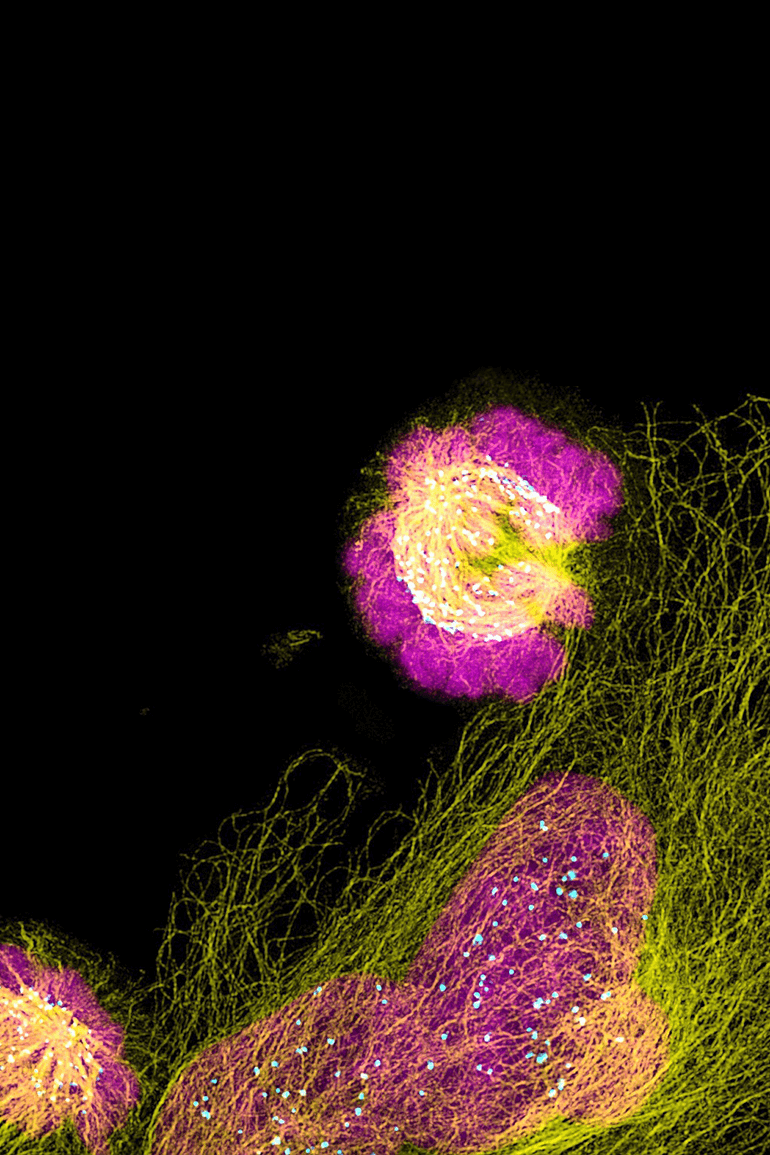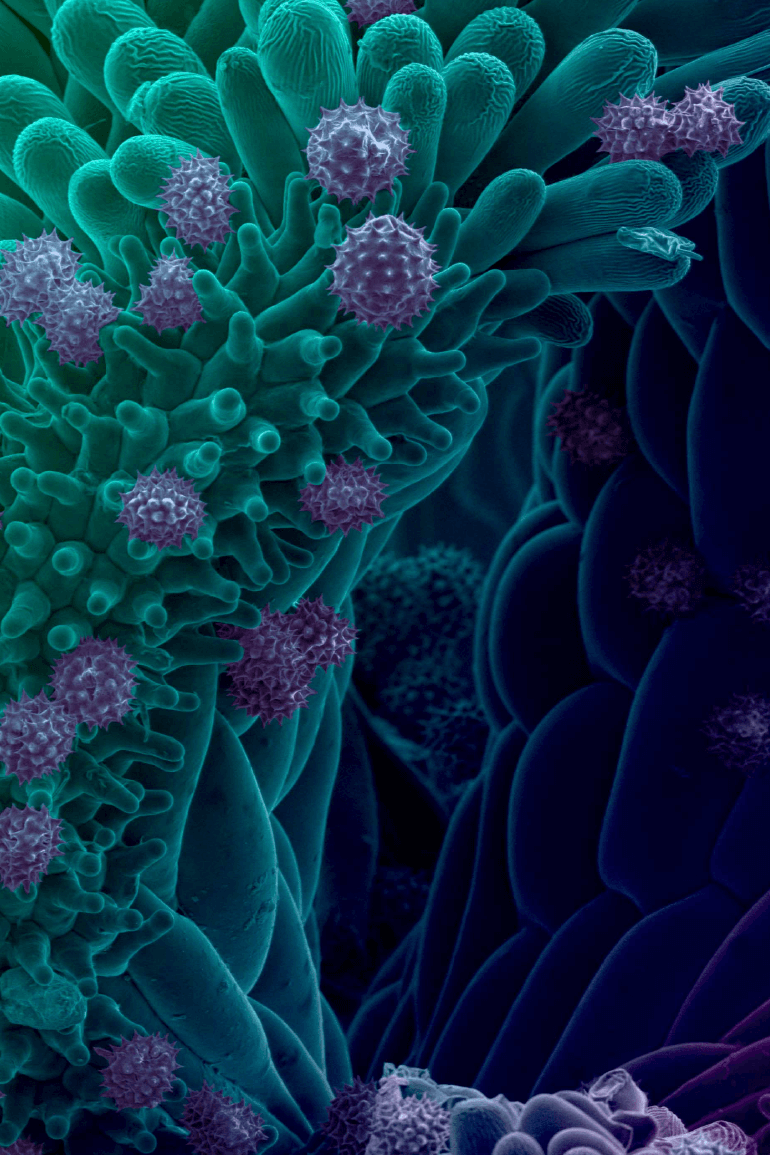Imaging
To cure, prevent, and manage all diseases by the end of the century, we need a much deeper understanding of biological systems. Existing imaging tools provide a limited view, tending to focus on a specific biological scale without the necessary context. Researchers struggle to handle large volumes of data and to make quantitative insights, and substantial access and training gaps remain.
CZI’s imaging program aims to drive the development of:
- A suite of new imaging tools capable of observing biological processes across spatial scales at the level of tissues, cells, and proteins; and
- Robust frameworks to quantify, analyze, and share imaging data and share methods and tools.
Scientific imaging research and technology will play a critical role in enabling a deeper mechanistic understanding of health and disease, driving diagnostics, and informing directed treatments.
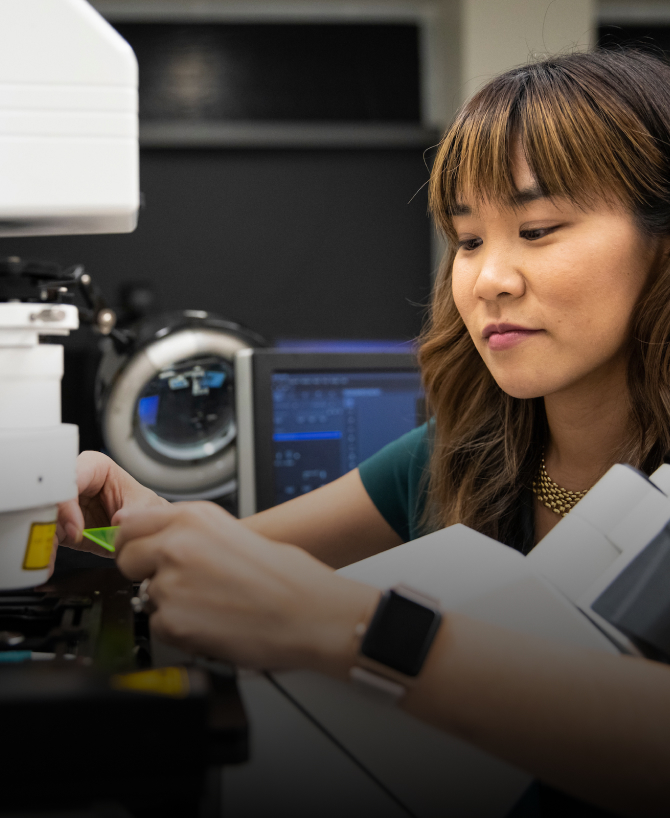
The Imaging program has funded the following RFAs:
- Cryo-CLEM Labels, $1.5 million
- Deep Tissue Imaging (Phase 1, $13 million and Phase 2, $19.6 million)
- Advancing Imaging Through Collaborative Projects, $5 million
- Dynamic Imaging, $19.9 million
- napari Plugin Grants (Cycle 1, $1 million and Cycle 2, $875,000)
- Expanding Global Access to Bioimaging, $4.2 million
- Visual Proteomics Imaging, $27.5 million
- Imaging Scientists (Cycle 1, $17.8 million and Cycle 2, $10.2 million)
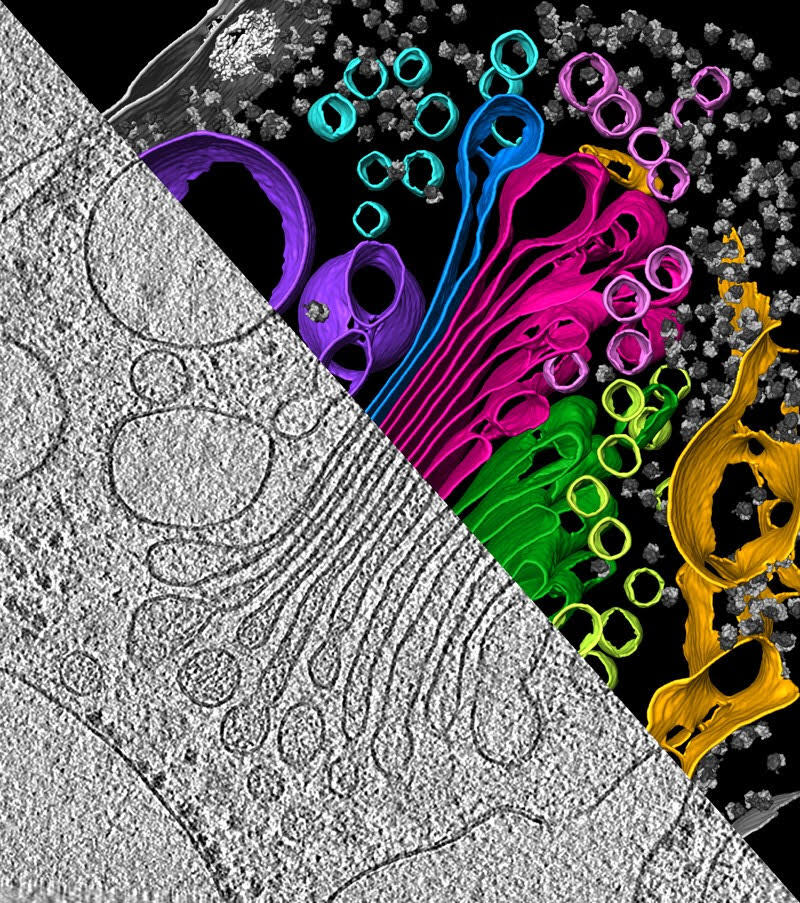
Chan Zuckerberg Institute for Advanced Biological Imaging
To cure, prevent, or manage all diseases by the end of the century, we need to develop a dynamic, integrated view of biological systems in health and disease. To accomplish this goal, the Chan Zuckerberg Initiative is creating a new advanced biological imaging institute. Located in California's Bay Area, disciplines will come together to develop revolutionary new imaging hardware and software tools that provide comprehensive views of biological systems in their native context.
Tools: napari
CZI collaborates with napari — a community-built, Python-based, open source tool designed for browsing, annotating, and analyzing large multi-dimensional images. The napari hub is a CZI project, built and managed to support the napari community. This tool allows users to find community-built plugins that solve their analysis needs.

napari
ImagingA community-built, Python-based, open-source tool for browsing, annotating and analyzing large multi-dimensional images.
Learn more
“We want napari to help not just Python practitioners, but also biologists and other scientists who want to access Python's enormous scientific ecosystem.”

Learn About Our Grantees
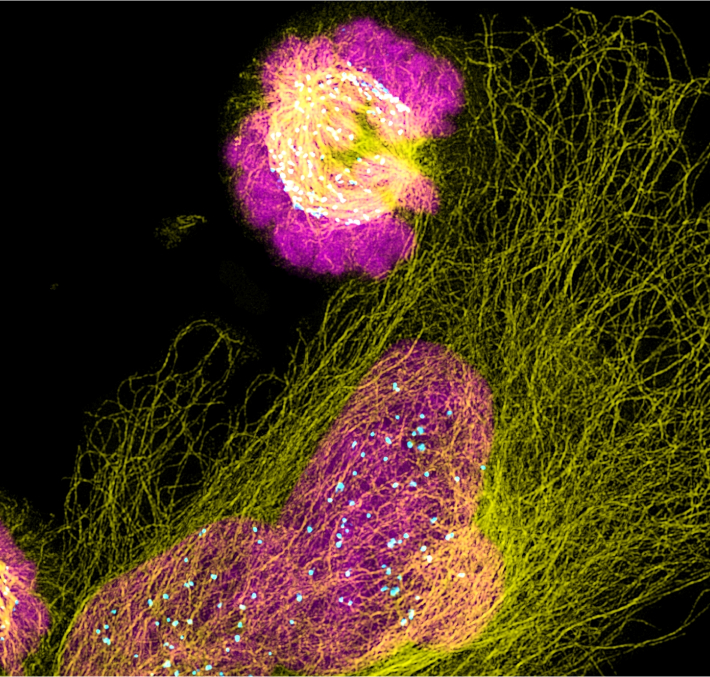
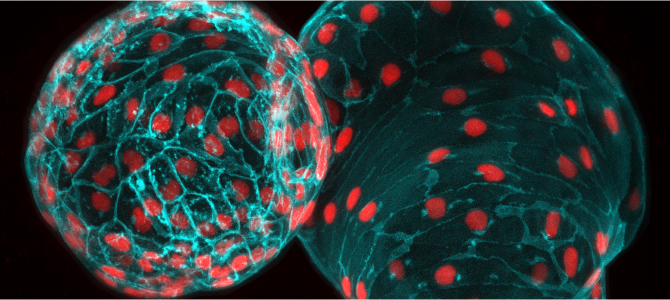
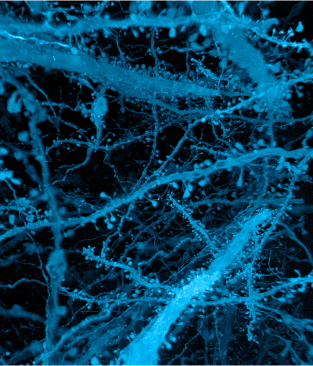
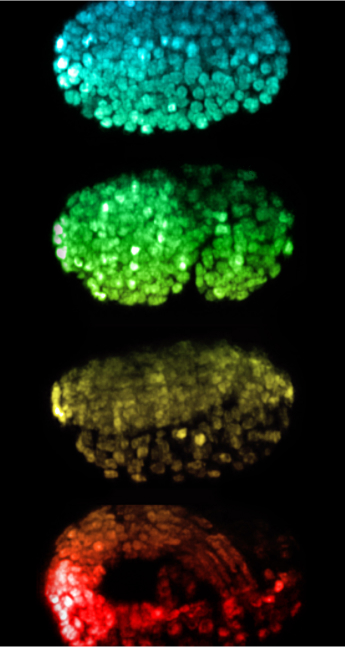
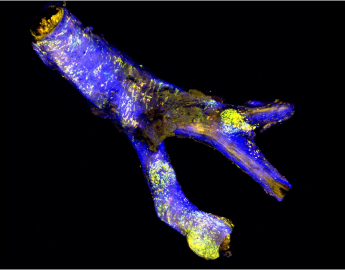







- Super-resolution light microscopy allows scientists to view the details of subcellular organelles — units in cells with specialized functions — in living cells. Photo provided by Aaron Taylor, University of Michigan, BRCF Microscopy Core.
- A two-day-old zebrafish heart viewed through a microscope. The heart muscle membrane is shown in blue and its nuclei in red. Photo provided by CZI imaging scientist Michael Weber of the Morgridge Institute for Research, in affiliation with the University of Wisconsin-Madison.
- A forest of nerve cells (axons, dendrites, and dendritic spines of neurons) in the brain. Photo by Gao, Asano, Upadhyayula et al, Science 2019.
- These nuclear proteins (histones) in a living roundworm embryo were imaged using a dual-view inverted selective plane illumination microscopy (diSPIM). Maximum intensity projection images are rendered in different colors for visualization. Photo provided by Abhishek Kumar, Marine Biological Laboratory, Eugene Bell Center for Regenerative Biology and Tissue Engineering.
- The carotid artery of a mouse with atherosclerosis. Red, yellow, and green immune cells take up cholesterol and help regulate inflammation in the arterial wall (blue). Photo by Sara McArdle, La Jolla Institute for Immunology, LJI Microscopy Core.
- A zebrafish embryo at one day old, imaged in the Tissue Microscopy Laboratory at Texas A&M University. Photo provided by Holly Gibbs, Texas A&M University, Microscopy and Imaging Center.
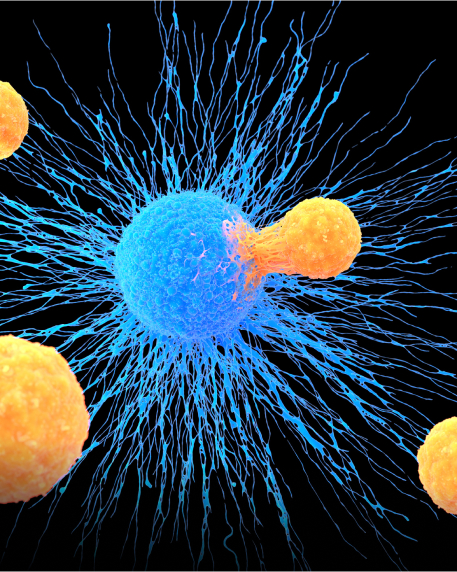
Frontiers of Imaging
What if researchers could view how drugs alter the behavior of cancer cells and invade immune cells deep in the body? Or visualize how viral or bacterial pathogens hijack normal cellular functions to reproduce themselves? Such insights would open up new avenues for developing treatments and cures for many diseases.
Although there have been significant advances in biomedical imaging, we are far from the ultimate goal: to observe cells and subcellular processes in living organisms and in a minimally invasive manner. CZI’s Frontiers of Imaging effort aims to accelerate the development of disruptive imaging technologies that connect biological scales—such as proteins to cells and cells to organisms. This will allow researchers to directly visualize biological processes at the necessary resolution and in context to obtain a mechanistic understanding of health and disease.

Learn About Our Grantees
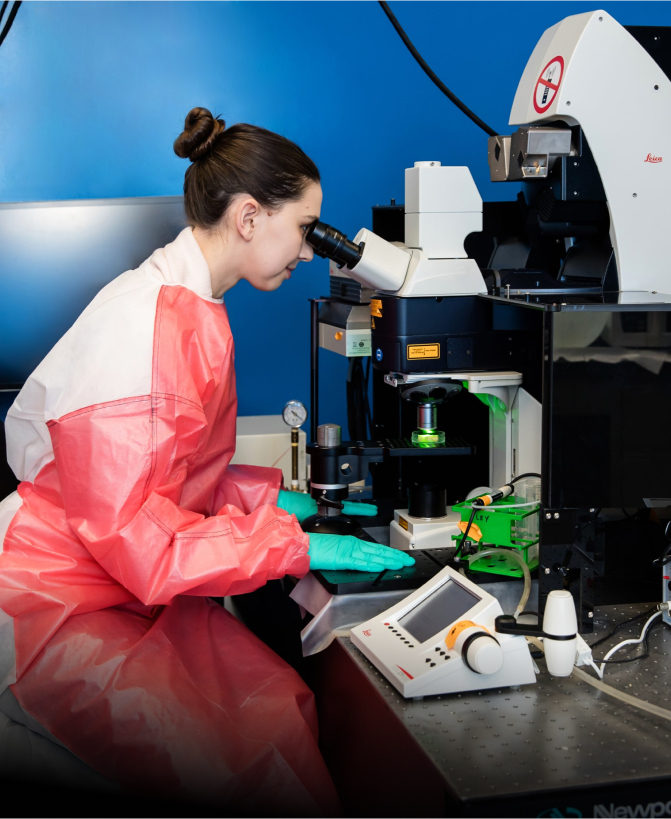
Creating Community & Building Capacity
Innovations in imaging science — new technologies, imaging modalities, and data analysis approaches — are becoming increasingly important in advancing biomedical research. To accelerate the promotion, dissemination, and efficient use of new methods and tools, CZI is supporting scientists who operate imaging facilities, which serve as hubs of imaging expertise for local communities of biomedical researchers. CZI is also supporting imaging software fellows who develop and maintain three critical imaging tools: scikit-image, FIJI / ImageJ, and CellProfiler.
On a larger scale, fostering international communities of imaging experts, scientists, imaging facility operators, and policymakers is vital to address current scientific, technical, and data challenges. To facilitate these activities, CZI supports Global BioImaging (GBI), the international network of cutting-edge imaging facilities and communities, and GBI member BioImaging North America, which brings together imaging communities spanning the United States, Canada, and Mexico. In addition, CZI is expanding access to imaging expertise, technologies, and capacity building for researchers and organizations in Africa, Latin America and the Caribbean, and former Soviet countries.

Learn About Our Grantees
Funding Opportunities
News & Stories
Interested in learning more about our work in imaging? Get the latest information from the links below.
 Contact the Imaging team
Contact the Imaging team
To contact the Imaging team, please complete this form.

Thank you for contacting the Imaging team!
Your email has been sent.

An error occurred contacting the Imaging team.
Please try again.

Join Our Science Mailing List
Be the first to know about new funding opportunities.
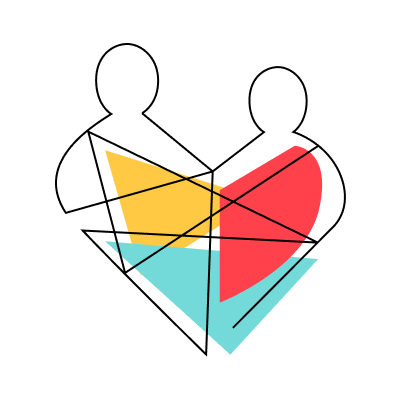
Join Our Team
Explore our job openings.

Explore Our Grant Resources
Read our Request for Applications.




